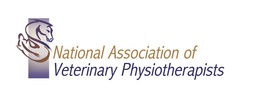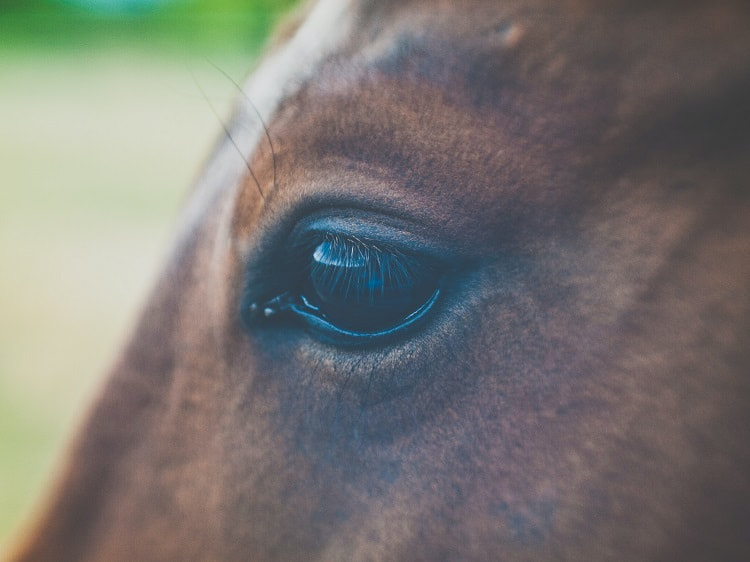|
Osteoarthritis is extremely common and not just in humans, it can affect a range of animals, especially horses. Also known as a degenerative joint disease, this condition can be debilitating, painful and can lead to reduced athletic function. Here we provide an overview of equine osteoarthritis for horse owners.
What is Equine Osteoarthritis? Arthritis refers to inflammation in the joint and whilst there are numerous types, osteoarthritis is the most common form and can cause an intense amount of pain. Osteoarthritis is a synovial joint disease that breaks down the cartilage which covers and protects the bone ends forming the joint. Over time this begins to thicken due to the continuous wear and the joint no longer functions smoothly. The disease can impact any joint in the body including the hips, jaw, and spine however it usually forms in the knees, fetlocks, and stifles. The condition is chronic and can progress at different rates. There are multiple causes of osteoarthritis which include trauma, aging, and sepsis to name just a few. Which horses can suffer from Equine Osteoarthritis? Unfortunately, this condition can affect all horses regardless of their breed, age or discipline. Therefore, it is a disease that all horse owners should be aware of, take seriously and seek professional medical help if your horse starts to show the common symptoms. What are the symptoms? The symptoms can vary however, they can include swelling in the localised area, lameness, and stiffness. There may also be a cracking or grinding sensation in the affected joint. It can be challenging for owners to establish how much pain the animal is in. As one of the main Osteoarthritis symptoms is lameness, your vet will carry out a lameness work up to help diagnose and accurately determine where the pain is originating. X-rays can sometimes be used to spot lesions however, these will not be visible in the early stages of the condition. You may also notice that the horse is stiff when they start to move when they come out of the stable. However, stiffness does not necessarily mean it is Osteoarthritis and could be a symptom for something else which will have to be ruled out first. What are the methods of treatment? Methods to effectively manage the pain caused by equine osteoarthritis are still limited. However, there are pharmaceutical and non-pharmaceutical options that owners can choose from. Before any treatment options are chosen, any medical condition should be discussed with a vet beforehand. Using the wrong method or delaying the treatment can result in serious consequences, negatively impacting the health of your horse. Pharmaceutical Options
Weight Management One popular non-pharmaceutical treatment method is effective weight management. The number of overweight horses continues to rise and this extra weight can cause significant strain on the affected joint. By increasing their exercise regime and reducing the amount of daily food intake, this can be achieved. As the horse is in pain ensure the exercise remains light and low impact for longer periods. Short intense bursts of exercise could cause more strain on the affected joint. Physiotherapy At the early stages, OA affects movement even before a visible lameness is seen. These subtle changes in movement will lead to compensation as weight bearing is shifted to other areas so it is important to support the whole body. OA can be crippling and can cause your horse a lot of pain as the condition develops. It can also be frustrating for the owner to manage the condition both in the short term and long term. Although the disease is common other conditions have similar symptoms, so if you believe your horse is in pain, you must seek professional veterinary advice. A qualified NAVP veterinary physiotherapist will be able to support you following diagnosis and help manage the symptoms using the many skills in their toolbox such as massage, kinesiotaping and laser. The suitability of each depending on the individual animal following a full assessment.
0 Comments
|
AuthorNAVP Archives
June 2024
Categories
All
|
The Association |
Services |
|


 RSS Feed
RSS Feed